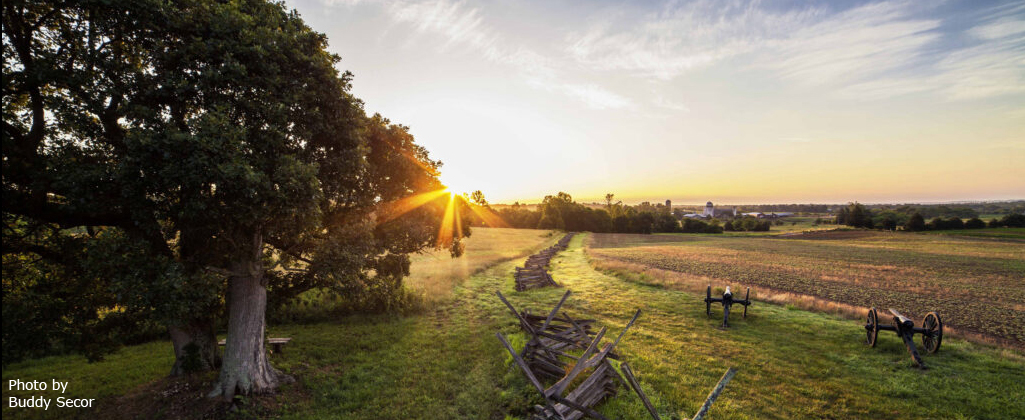THIS IS A SHORT SUMMARY OF THE BASIC TACTICS YOU WILL NEED TO KNOW AT COMPANY AND BATTALION LEVEL FOR SLAUGHTER ON THE MOUNTAIN.
THIS IS NOT AN ALL-INCLUSIVE LIST BY ANY MEANS, SO FURTHER STUDY IS ENCOURAGED.
Battalion Maneuvers
1. To break to the right or to the left into a column of companies.
2. By the right of companies to the rear into column.
3. By the right of the companies to the front.
4. Close column by division.
5. On the left into line.
6. On the left or right by file into line.
7. On the right into line.
8. Forward into line.
9. Being in column by company, closed in mass, to form divisions.
10. Column at full distance, face to the rear, into line of battle.
11. Deployment of columns closed in mass.
12. Deploy the battalion into column, doubled on the center.
13. Form square.
14. Face by the rear rank, and face to the rear.
15. Battalion firings.
16. Change Front Forward.
17. Double Column on the Center.
18. Battalion as Skirmishers
Company Maneuvers
1. To move by the flank.
2. On the right, or left by file into line.
3. Wheels.
4.Turns.
5. Company firings.
6. Skirmish drill.
7. By company into line from the right and left flank.
8. Movements executed by the left flank.
9. Manual of Arms, Hardee’s Revised Tactics for the Rifled Musket, including the stacking of arms.
OUTPOST, PATROL AND GRAND GUARD EXCERPTS
I have taken exerts from the Instructions for Officers and Non-Commissioned Officers on Outpost and Patrol Duty and Troops on Campaign. This Manual was approved by the US War Department in March 1862, and is a revision of Mahan’s Manual.
I highly encourage each of you to obtain a copy, for further study, but these are some of the key principles:
Grand Guards will be sent out by all brigades in camp- when in the face of the enemy, for safety; when in friendly country, for instruction.
Upon arriving at the spot chosen for the Grand Guard, the officer in command throws out a sentry in advance, and proceeds to ascertain the number of posts necessary. He then places his posts so that they can observe what is coming towards the Guard as well as each other. The officer then reconnoiters the country, making a sketch in which the following are to be noted;
1. Roads
2. Rivers
3. Bridges and fords
4. Morasses, cavities, hollows and mountains
5. Woods
6. Towns
7. All distances between
By this time he should have chosen where his pickets are to be posted at night.
At Night
The general rule is to advance the Guard at least 2 to 3 miles ahead of the main body, to place it behind a bridge, ravine, wood or bog, through which the road passes, in order to make an effective defensive effort, and to throw out pickets to the front and flanks. Small patrols of 2-3 men are to be sent out both to the front and flank at one half-hour intervals, and to be constantly kept moving.
If the enemy be near, no fires are to be allowed.
At night the pickets must be relieved every hour, and visited every half-hour.
At night the pickets will be moved off of the hills and placed in the roads, behind fords by which the enemy may approach the Guard, and at the bottoms of hills so that they might discern against the sky any moving objects.
In General
Any person approaching the picket line must be challenged in a loud tone twice, and if they refuse to halt the picket is to fire and retire to the main body.
Any deserters from the enemy are readily identified because they generally make themselves known by flourishing their caps and shouting “deserter.”
When the guard is attacked, the officer immediately sends word to the rear, and the flank guards.
All Officers in command of Grand Guards, Patrols etc…, must make written reports of everything that occurs.
Order of Advance of a column with advance guards, rear guards and flankers:
3 Enlisted Men
Sgt., with 7 enlisted men
Officer with 13 enlisted men
Main column
Officer with 13 enlisted men
Sgt. with 7 enlisted men
3 enlisted men
Flankers are to be deployed with an officer’s guard, then Sgt. guard and enlisted men posted at the far flank, deployed parallel to the column.
The terrain will determine all distances.
Patrols of discovery are to consist of 3 men as advance guards, 2 as rear guards and one flanker deployed to each flank of the main patrol body.
Orders.
When orders are carried by couriers, the place and time of the departure will be marked on them, and place and time of receipt will also be marked.
Paroles are usually the name of a general, and countersigns the name of a battle.
Towards the break of day the patrols ought to be more frequent, and to greater distances.
The fires of a Guard, if permitted, should be hidden. Small posts are not allowed fires at any time.
Patrols should leave small posts at intervals along their route, march with caution, avoid fighting, and to instruct the advance guards that no two should into a defile or mount a hill together, but to go one at a time, so that one can carry the news if the other is taken.
On special and offensive patrols, a field sketch of the area must accompany the report.
If possible, the advance guard is proceeded by a detachment of sappers.
On the march, no one is permitted to fire a gun, or order a halt or march without orders.
Prisoners of war must be sent to the rear and disarmed, and reported as soon as possible to headquarters.
Provided by Rear Rank Productions

